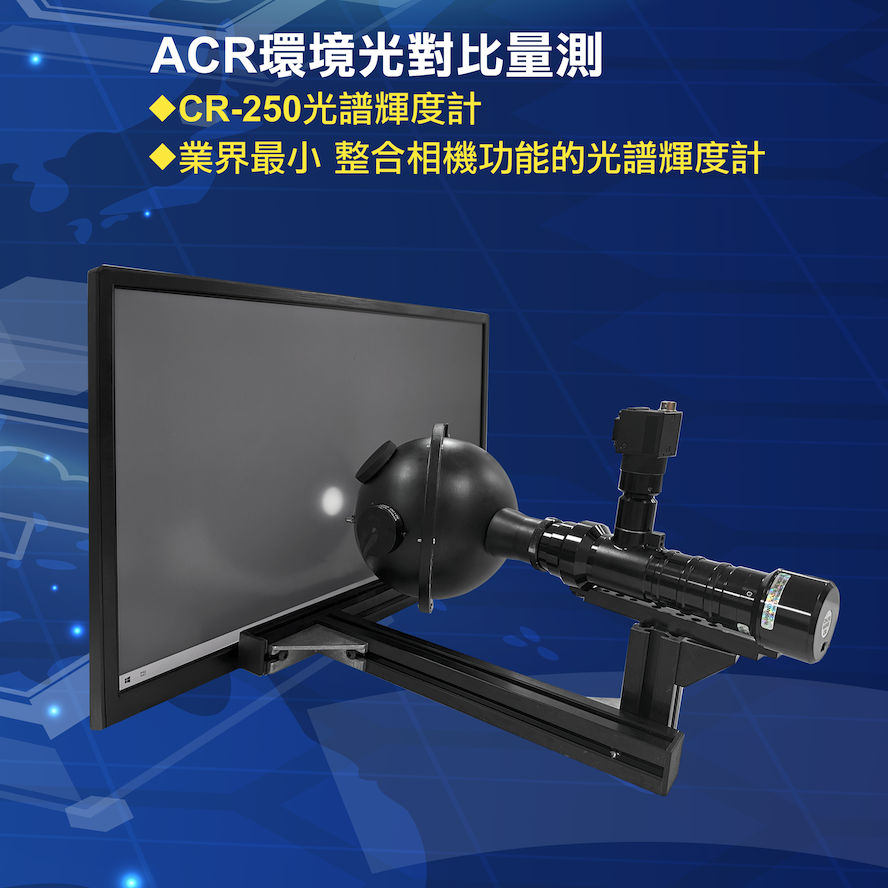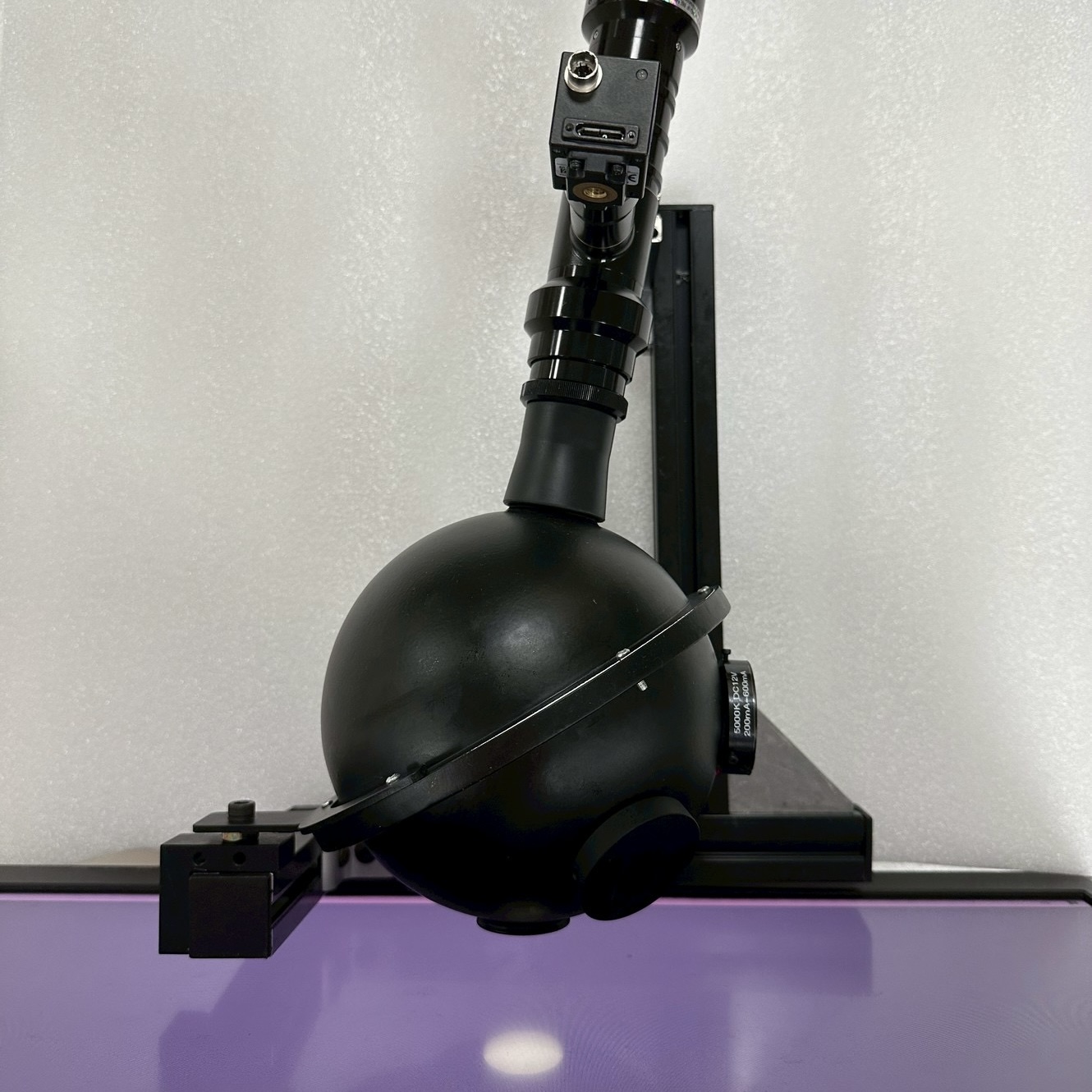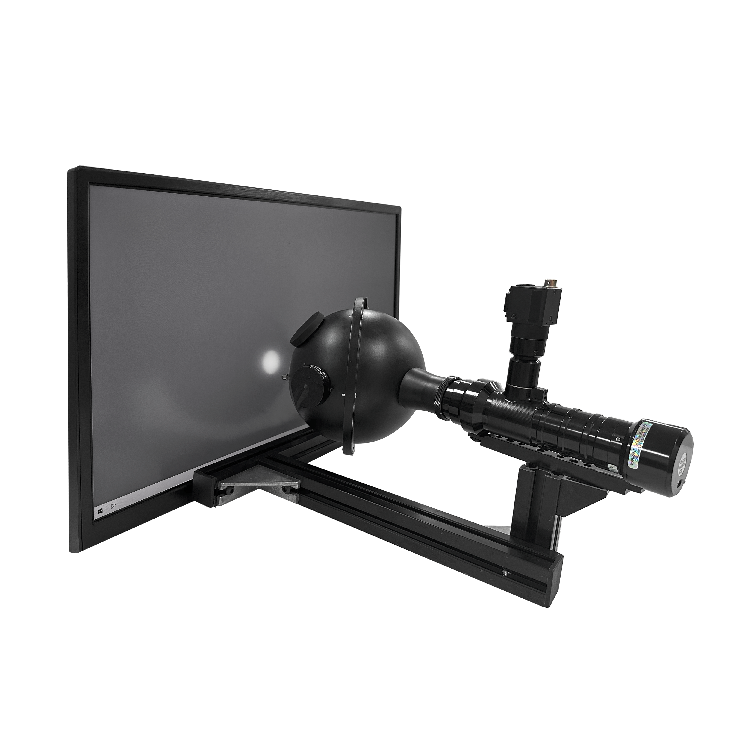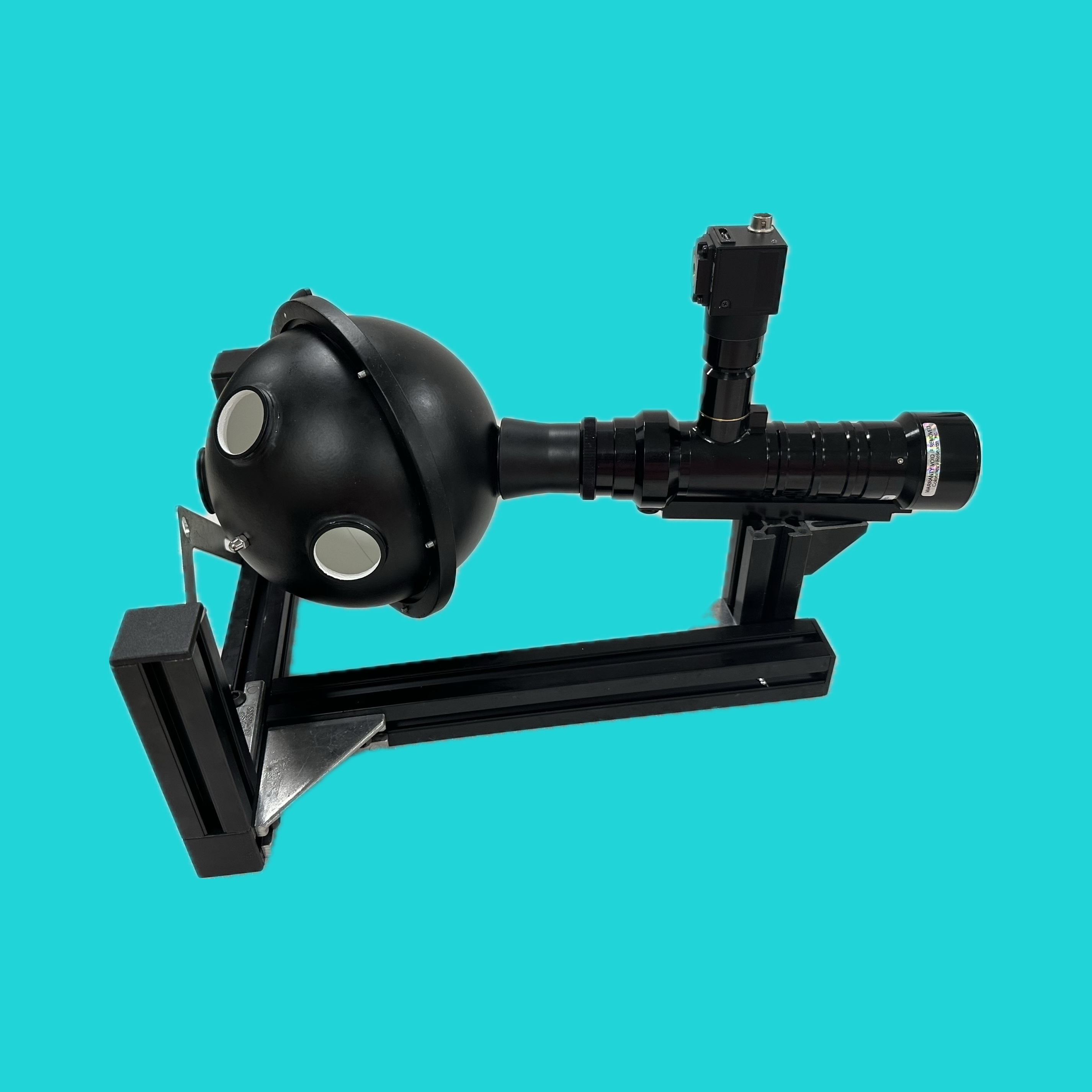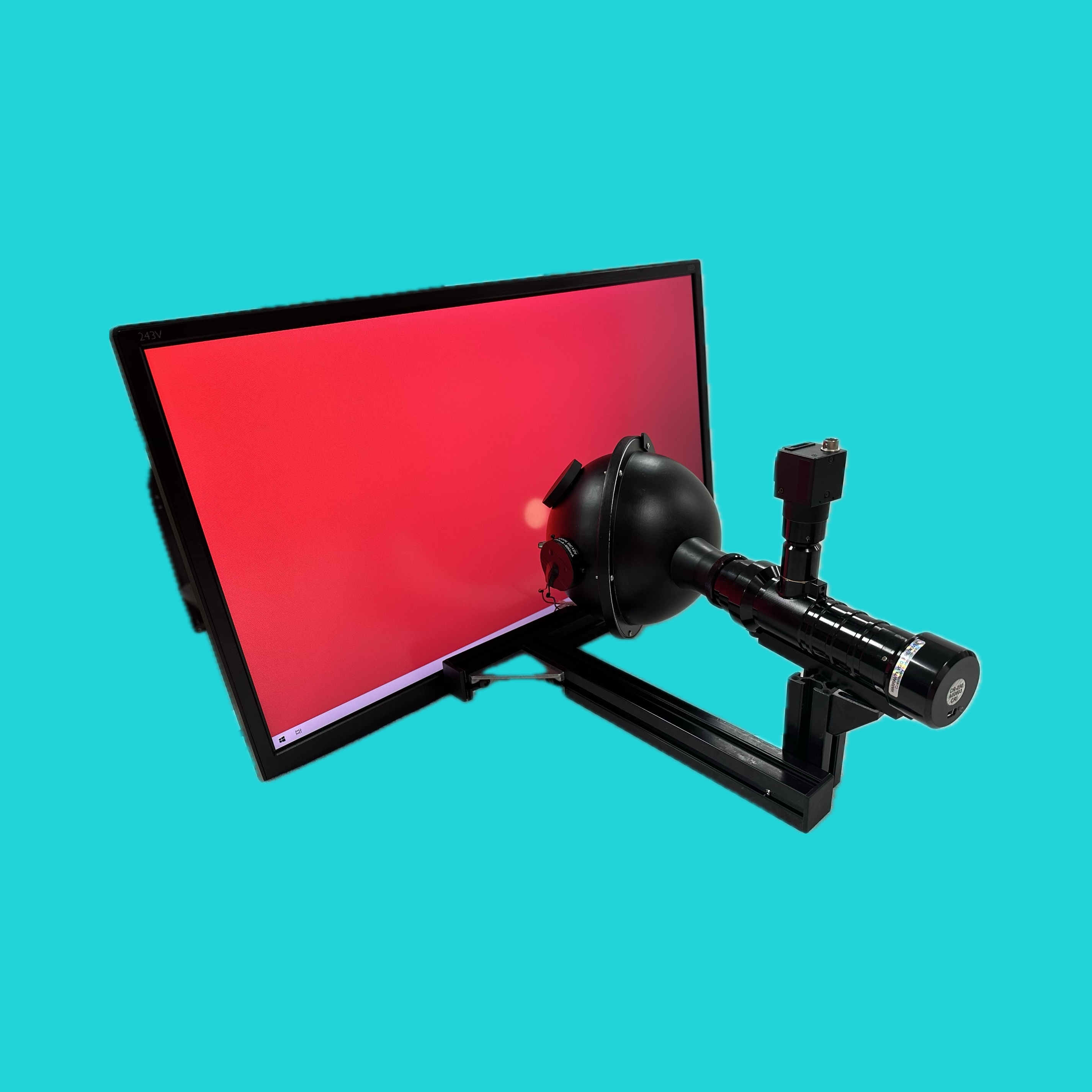PRODUCTS
- Home
- Products
- ACR Ambient Contrast Ratio
- ACR Measurement System
ACR Ambient Contrast Ratio
ACR Measurement System
- Features
- Ambient Light Simulation: ACR testing involves simulating realistic ambient light (e.g., daylight, cabin lighting) using a calibrated light source—often integrated with an integrating sphere or a controlled lightbox.
- Reflection vs. Emission: ACR assesses the ratio of emitted luminance (from the display) to reflected luminance (from ambient light), considering both specular and diffuse reflections on the display surface.
- Application Importance: In automotive and aerospace environments, poor ACR can result in unreadable displays under bright conditions, directly impacting safety and usability.
- Measurement Standards: ACR testing may refer to standards such as ISO 15008, UNECE R46, or IEC 62629, depending on the application sector.
- Measurement Setup:
- The display is exposed to a known ambient light level, and luminance measurements are taken from the screen using a spectroradiometer or imaging photometer at specific angles and conditions.
Description
Integrating Sphere ACR Measurement System Components:
- Integrating Sphere
- Halogen Light Box connected to Fiber (Color Temperature 2700K)
- Illuminance Monitoring System (to confirm light intensity)
- Spectrum Luminance Meter
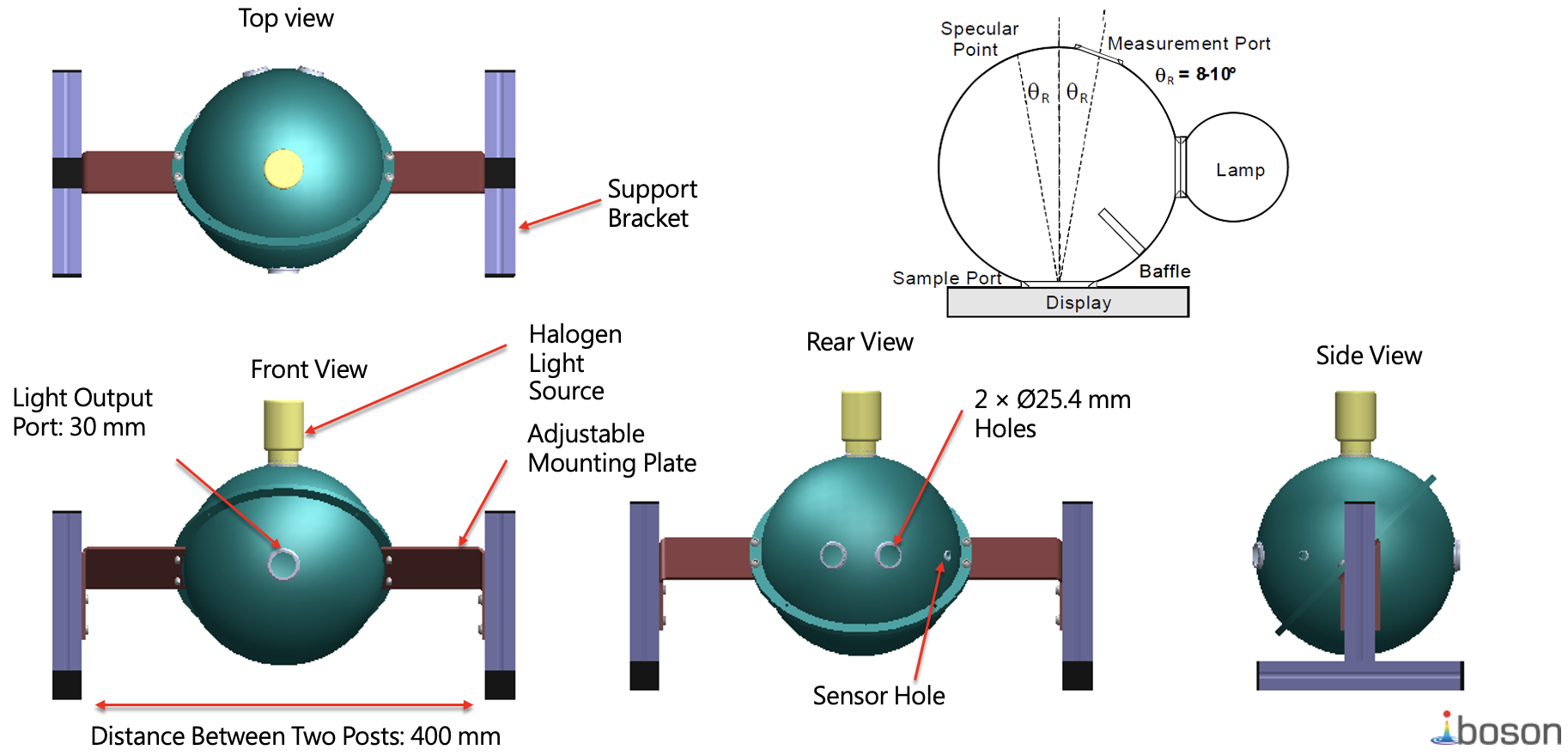
Definition and Key Points of Integrating Sphere ACR Measurement System
Integrating Sphere ACR (Ambient Contrast Ratio) Measurement System refers to a display's ability to maintain visible contrast when exposed to ambient light. It is a critical optical performance parameter for automotive displays, aerospace panels, and outdoor devices.
ACR quantifies the contrast ratio between the brightest white and the darkest black of a display under specific ambient lighting conditions. It evaluates how well the display can maintain readability and image clarity when external light sources—such as sunlight or in-vehicle lighting—illuminate the screen.
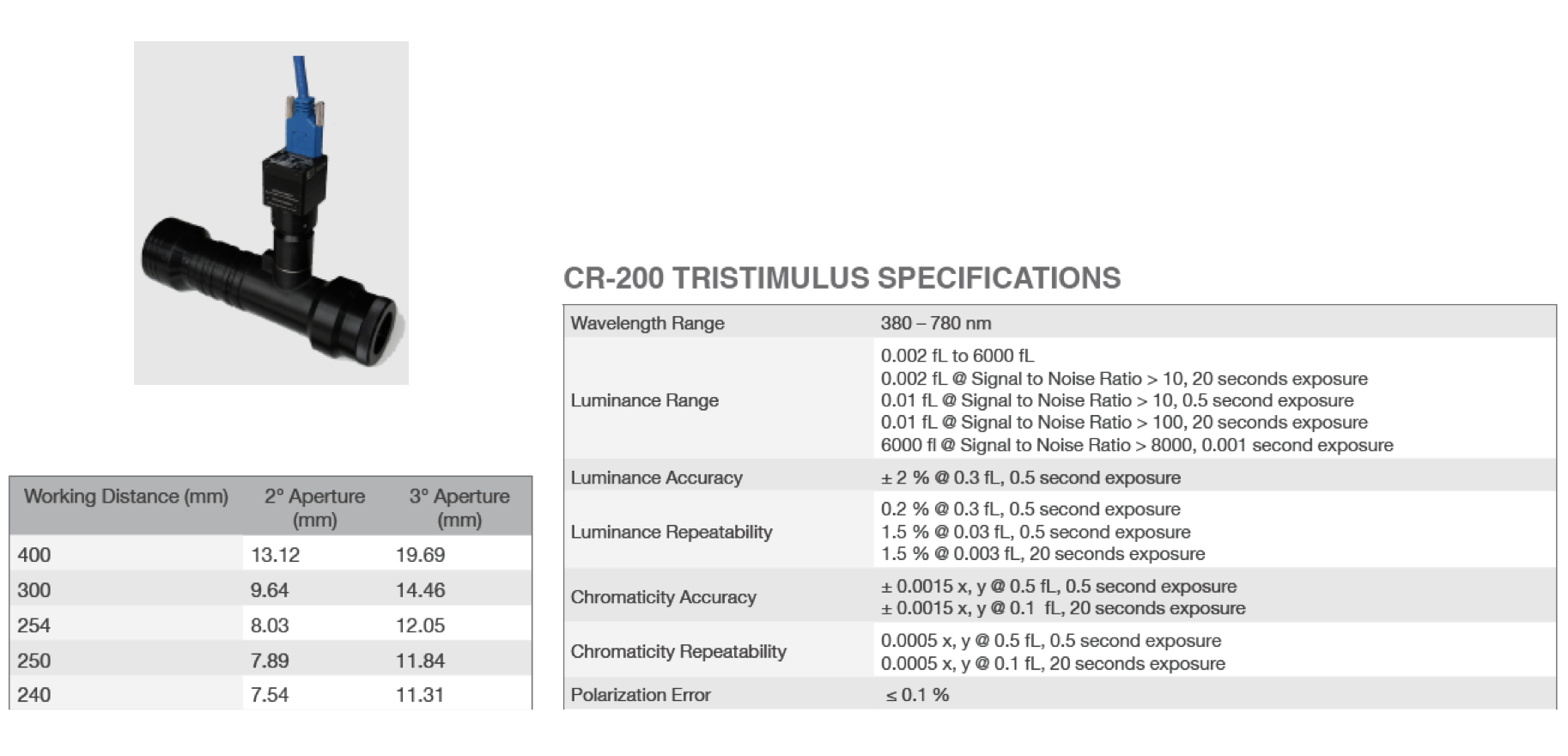
Design Purpose and Advantages of the Integrating Sphere ACR (Ambient Contrast Ratio) Measurement System
The system uses a controllable and uniform ambient light simulation (via an integrating sphere) to ensure consistent and repeatable ACR testing conditions.
By combining with a spectrum luminance meter, it enables precise measurement of display contrast under various background illumination levels.
Interchangeable ports and light source modules provide a flexible testing structure, supporting high-brightness panels and curved displays.

